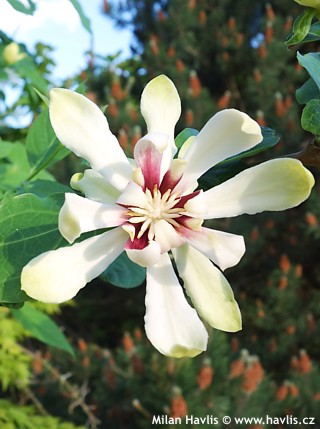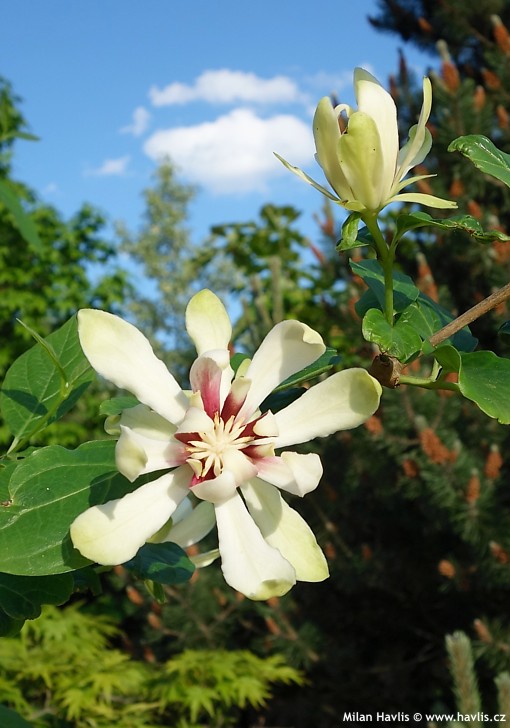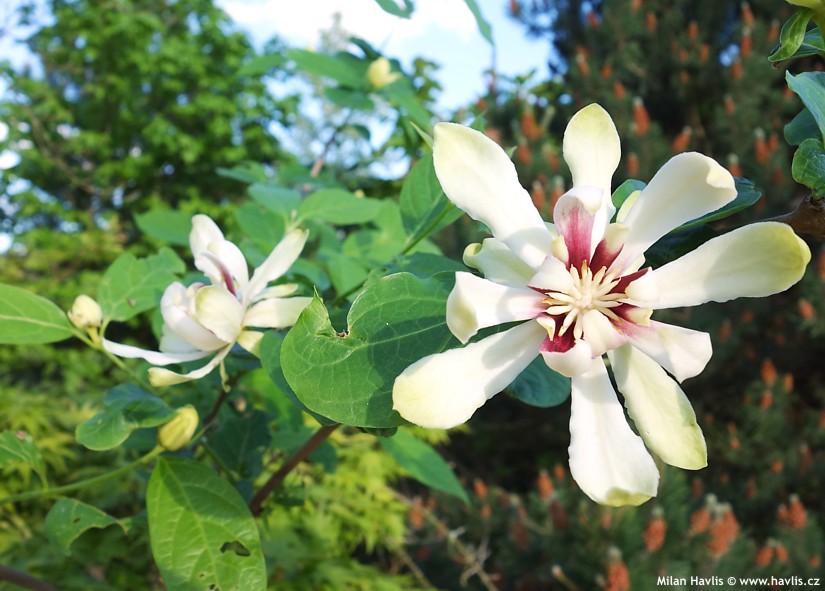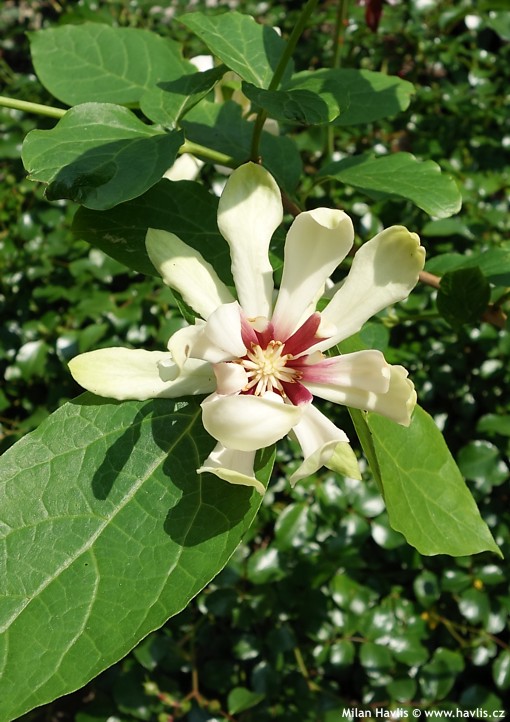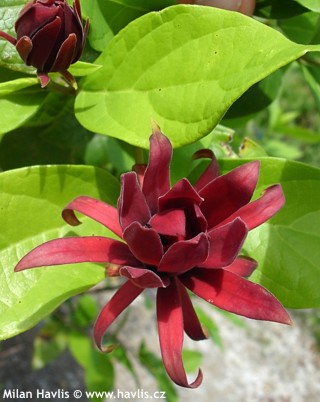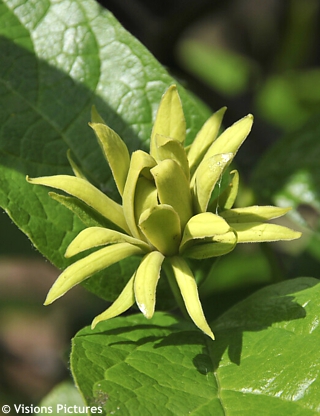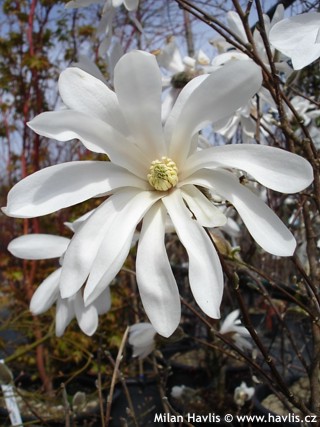Calycanthus x 'VENUS' sweetshrub
size/type
medium-sized shrub,medium-sized shrub
usual height
1,5-2,5m
usual width
1-1,5m
leaves
deciduous broadleaf
colour of leaves
flowers
showy
colour of flowers
blooming time
May-July
location
full to partial sun
soil type
any (acidic to alkaline)
soil moisture requirements
evenly moist (dislikes drought)
USDA zone (lowest)
7 (down to -23°C)
winter protection
for zone 5+6

for zone 7

categorized
Calycanthus
This easy to grow shrub has many names and all of them say something about the beautiful perfume of the flowers: sweetshrub, strawberry shrub, or even pineapple shrub. They really smell like a few types of fruit: strawberry, apple, and even melon. Sweetshrub is native to much of the eastern USA and even though one species is called (sino)calycanthus chinensis (= of China), recent molecular data indicates that it is more accurately suited for the genus calycanthus i.e. American group of calycanthus.Description of the plant:
Venus is one of the fascinating inventions which followed Richard Hartlage’s breakthrough with hybridizing sweetshrub species in early 1990’s. This variety was bred by Dr. Thomas Ranney of the Mountain Horticultural Crops Research Station in Fletcher, NC, USA, and patented in 2005 under PP15925. Flowers of Venus sweetshrub are extremely large: 7-11 cm across and resemble those of star magnolias. Unlike the common red sweetshrub, larger tepals of Venus are white and smaller ones are light yellow and wine red tepals in the centre. They release a lovely fragrance – a mixture of ripe strawberries and melons. Blooming begins on the first hot days in mid to late May and sporadically continues throughout the summer. Oval to oblong leaves are bright green and partly glossy, changing to yellow in autumn.
Sweetshrub comes from North American moist woodlands so it will require a moist (not wet) place in your garden, too. We suggest trimming it in the first few years to achieve a compact shape with regular habit which the plant can then keep without further care. Hardiness was tested down to -24°C so far (USDA zone 6) but is expected to go lower to zone 5.
Last update 11-02-2015.
QUICK PRICE OVERVIEW
CURRENTLY SOLD OUT












